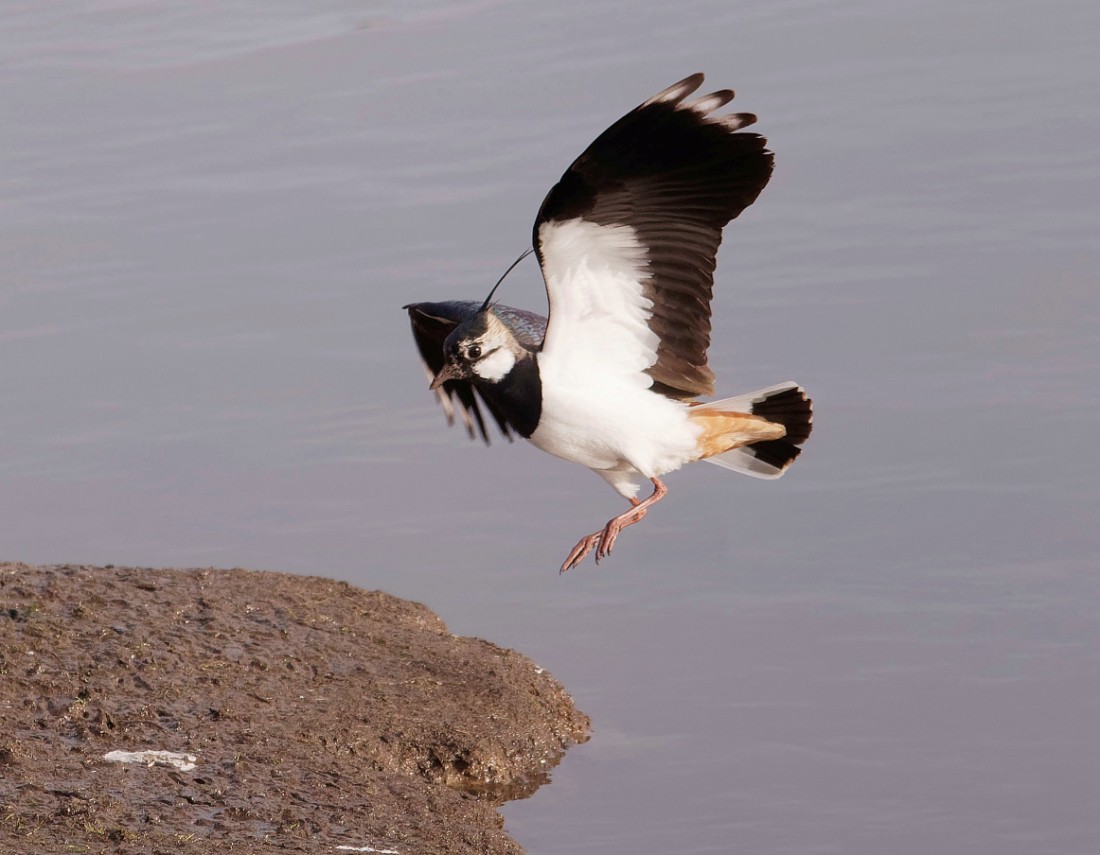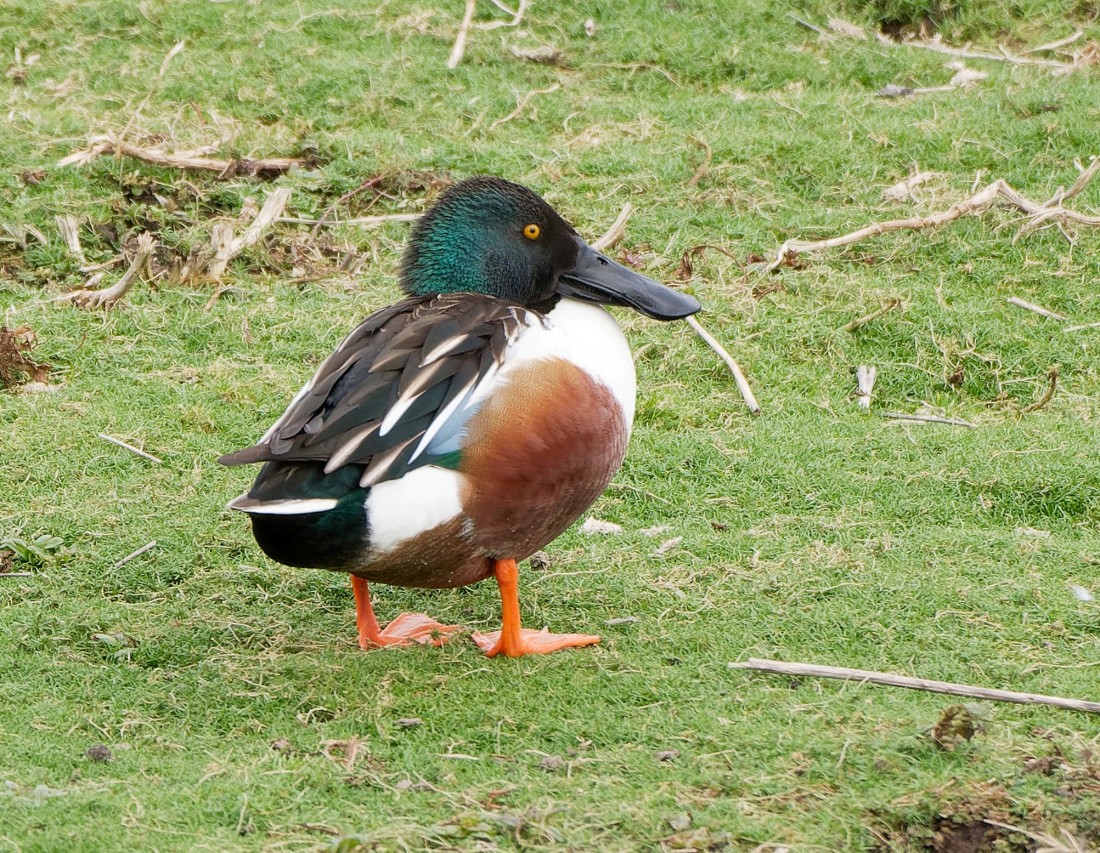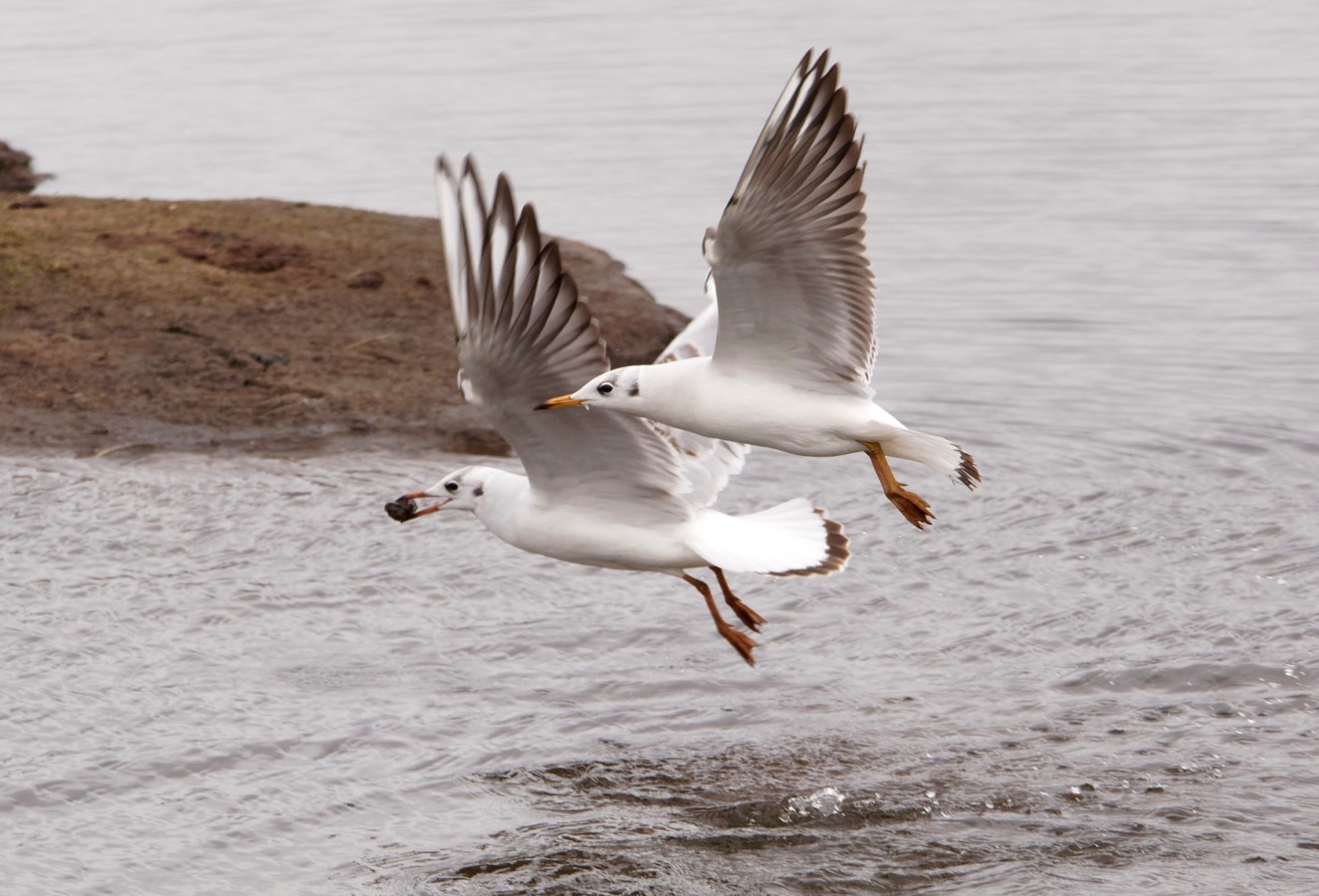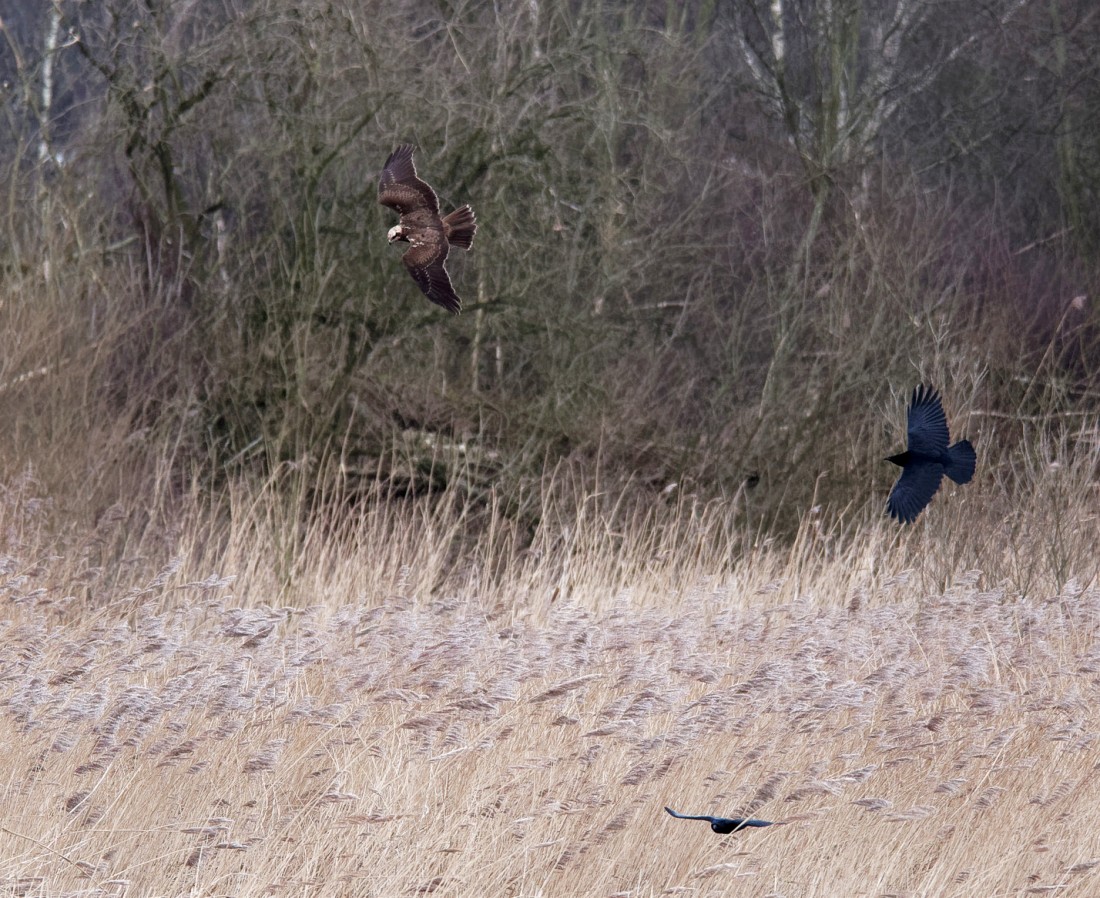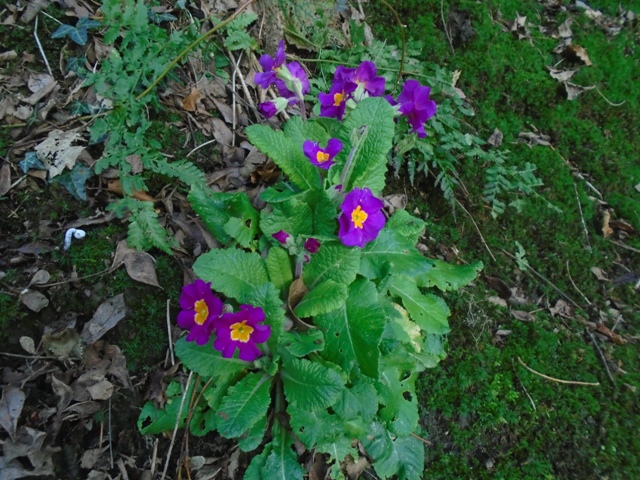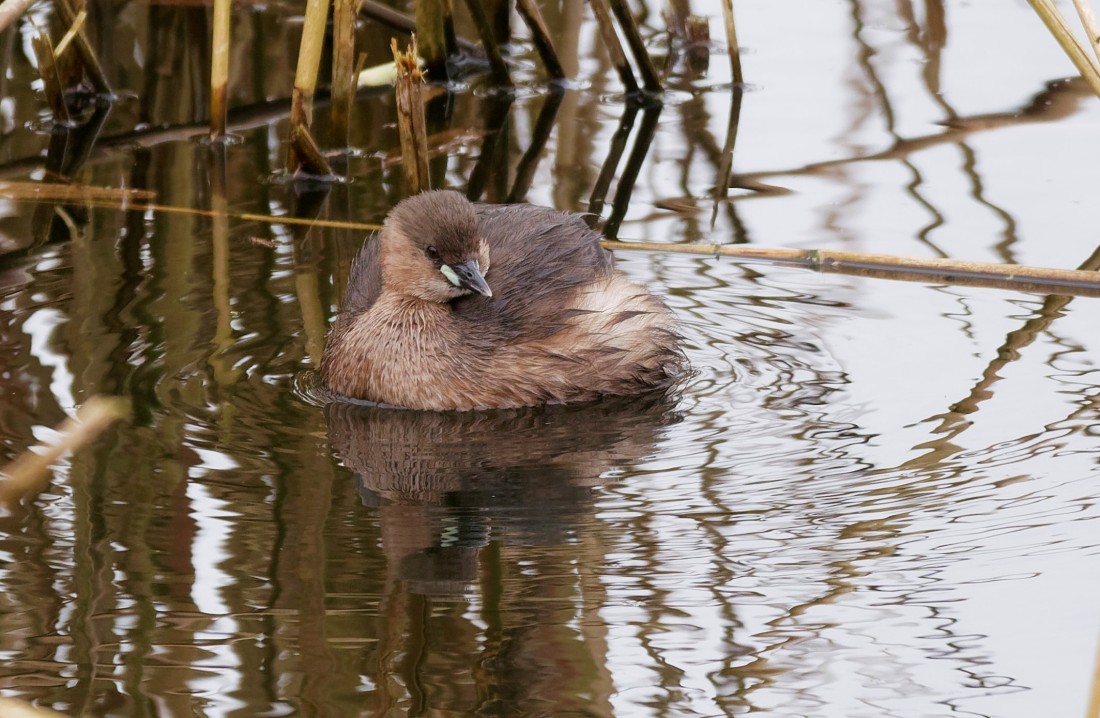Woolston Eyes Monthly Sightings
2020-02-29
A bright breezy morning on No.3 bed, starting off well with a Barn Owl sitting on the hand-rail of the Morgan Hide at dawn and a female Kestrel in one of the nest boxes. The long-staying Marsh Harrier then performed all morning, repeatedly flushing 300 Teal and scores of other wildfowl. A couple of hundred Lapwings flew west during the morning, with a few dropping in to land on the scrape. Over the morning the Black-headed Gull colony steadily grew from 270 at dawn to 620 by early afternoon. Other birds of note included: three Great Black-backed Gulls, a singing Willow Tit, a passing Raven, two singing Cetti’s Warblers, 80 Greenfinches and 4 Redwings. Cheers David Bowman (with Helen Wynn, Dave Steel, Kenny McNiffe and Alan Warford)
Submitted by: David Bowman
2020-02-26
It was a blustery day with squally showers eventually giving way to brilliant sunshine as the morning wore on. The number of Black-headed Gulls back at the colony is steadily growing, with 265. The long-staying Marsh Harrier was active all morning, flushing hundreds of wildfowl from the reed-beds, mainly Teal, with smaller numbers of Shoveler, Gadwall, Mallard, Pochard, Tufted Duck and Shelduck. The breezy sunshine triggered display flights, with one pair of Sparrowhawks and two of Buzzard active over the bed. The latter attracted the hostile attention of a passing pair of Ravens, before the four Buzzards collectively decided to hassle the Marsh Harrier, with some dramatic talon-grappling and aerial tumbling taking place. Going on to No.4 bed to check on progress with the new wetland, which is slowly taking shape, a nice surprise was a distant pair of Stonechats, while Cetti’s Warblers and Water Rails were calling from the Loop. On the cleared area, 3 Common Gulls were with another 150 Black-headed Gulls. Photo of a Reed Bunting Cheers David Bowman
Submitted by: David Bowman
2020-02-18
Firecrest near entrance to path leading to Frank Linley hide at around 13:30.
Submitted by: David Nowell
2020-02-18
It always feels like spring is just around the corner when you walk on to No.3 bed on a sunny day, to the raucous sound of the first returning Black-headed Gulls. Just over 100 were present this morning, squabbling and indulging in pre-breeding behaviour, which usually involves flying around with bits of vegetation before displaying on the Morgan Hide scrape. They’ll come and go over the coming weeks, as the weather changes, before the real build up starts in March, reaching over 1,000 by late April/early May. The wildfowl, too, were responding to the approach of spring, with Teal, Shoveler, Gadwall, Shelduck and Mallard already pairing up. Otherwise, notable sightings included the long-staying Marsh Harrier, 2 Ravens, 56 Pochard, 230 Tufted Duck, 2 Water Rails, 2 Cetti’s Warblers and a Kingfisher. Photo of the Snowdrops in the Shelter Belt
Submitted by: David Bowman
2020-02-11
A combination of sunshine, a biting wind and occasional horizontal hail showers made for an interesting morning. Danny Gornall and I started in the Morgan Hide, where a Marsh Harrier and 26 Pochard were the pick of the birds. We then met with Robin Horner, from the RSPB and our contractor, Steve Fletcher to finalise the siting of 4 x 2,500 square metre breeding islands on the planned No.4 bed wetland. On the cleared area a few Herring and Lesser Black-backed Gulls were among the 150 Black-headed Gulls, while a pair of Willow Tits and a dozen Redwings were in the nearby trees. Then it was back to No.3 bed for lunch, where two Marsh Harriers pushed 500 wildfowl out of cover in the reeds and a Kingfisher was perched. Interestingly, neither of the harriers was the brightly marked adult female we’ve been seeing recently, so at least three individuals have been visiting us over the past month or so. Record shot of one of the Marsh Harriers Cheers David Bowman
Submitted by: David Bowman
2020-02-11
A brilliant, sunny morning on Saturday, completing the monthly Wetland Birds Survey (WeBS) and checking out the wetland developments which are taking place at the eastern and western ends of the Reserve. It started well, with 5,000 Starlings from the No.3 bed roost, plus 39 Pochard and a Marsh Harrier from the Morgan Hide. We then walked down to Bollin Point where another Marsh Harrier flew over our heads, a surprise Green Sandpiper flushed from the Canal bank and 9 Little Grebes were gathered, along with a few hundred wildfowl. Then it was a muddy trek to the north side of No.1 bed, where a network of eighteen small pools has now been created, which should prove interesting over the coming years. At the Viaduct, one of the resident Peregrines was sitting near the nest site before we walked on to No.4 bed, where a six hectare area has now been cleared, ready for Phase 1 of the new wetland. Then, with seven miles under our belts, it was back into the Morgan Hide for lunch, where a male Merlin and two Marsh Harriers were the highlights. Cheers. David
Submitted by: David Bowman
2020-02-05
A very pleasant winter’s day and the forecast fog failed to materialize. Plenty of birds were singing including 102 Robins and 20 Song Thrushes. Two Great Black-backed Gulls were at the locks as were two Herring Gulls and a juvenile. A total of 14 Great-crested Grebes included 6 on No.3 bed while five Little Grebes were also present, some of which were trilling. One of the resident Peregrines was on the viaduct and a Raven flew over Butchersfield Tip. The female marsh Harrier was showing well on No.3 bed and the one reported by Dave Riley from No.1 bed was probably a second bird. Work continues on No.4 bed and 300 Black-headed Gulls and 50 Lapwings were attracted to the disturbed (and very muddy) ground.Wildfowl totals included 508 Tufted Duck, 64 Coot, 41 Mute Swans and 45 Pochard. Photo; Primroses in the wood to the north of No.1 bed
Submitted by: Dave Hackett
2020-02-03
Another busy morning, starting with a meeting to review progress with the new No.4 bed wetland, with RSPB colleagues, Robin Horner and Gavin Thomas and contractor Steve Fletcher. We made good progress over the siting of breeding islands, ditches and sluices and it won’t be long before it really starts to take shape. Bird-wise, there were around 400 Black-headed Gulls feeding on the newly cleared areas, with a mixed flock of 70 Fieldfares and Redwings in the surrounding trees and a pair of Sparrowhawks indulging in a hint of display flight. Finished the morning with a quiet hour in the Hogg Hide, where a distant Marsh Harrier dropped into the reed-bed and the slow return of our breeding species continued, with three pairs of Little Grebe visible from the hide.. Cheers David Bowman
Submitted by: David Bowman

